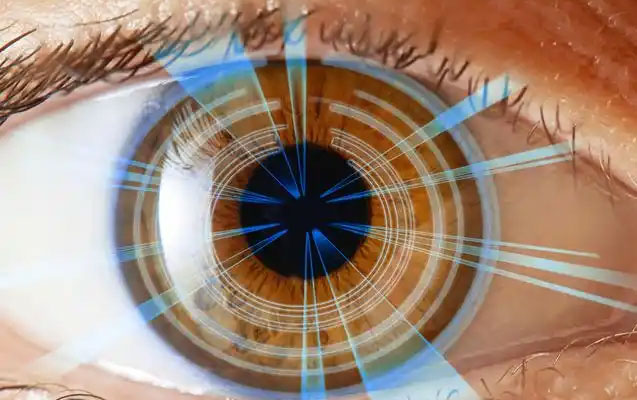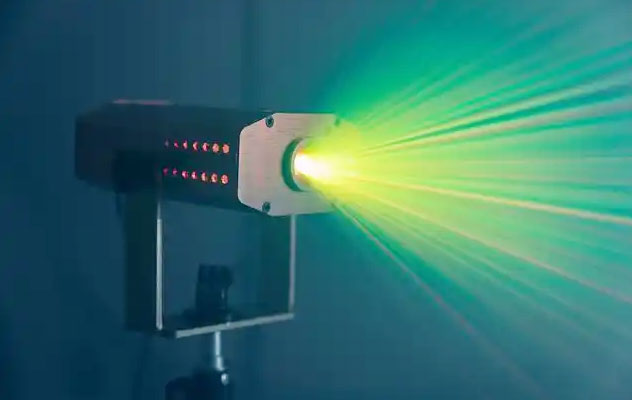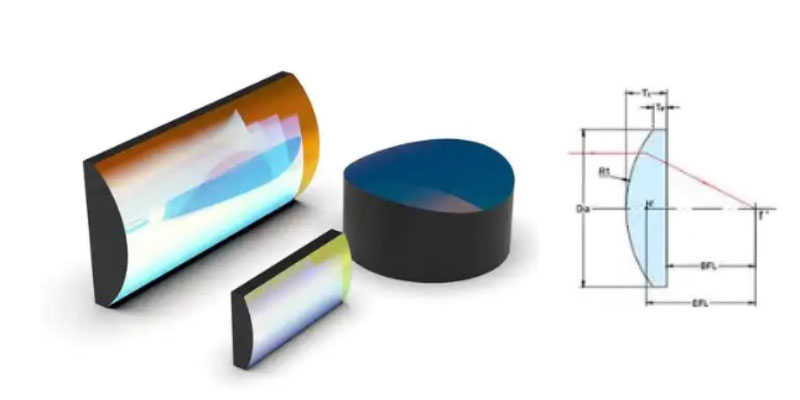
Lens imaging devices are a kind of optical system. The term “optical system” refers to a gadget or system that consists of the light source, optical elements as well as an optical transmission path that controls and processes the movement and reflection of light. Lens imaging systems are one of the most significant and most common types of optical systems, and is extensively used in a variety of areas, such as the fields of photography, microscopes, telescopes and many more.

A lens imaging device consists of a lens that is an optical element that has the capability to optically reflect. It can alter how light is propagated, as well as focal length through its shape, curvature, and selection of materials, in order to achieve focused as well as imaging.
Basic Principles of Lens
1.Law of Refraction A lens employs the law of refractive to alter how light radiations. According to Snell’s law the angles of incident as well as angles of refraction meet sine law when light rays are reflected between the two side of the lens.
2.Focal length and curvature: The shape and radius of curvature of a lens determine its focal length. A convex lens converges light rays to the center of the lens and has a positive focal length, while a concave lens disperses light rays and has a negative focal length.

3.Fundamentals of Imaging: A lens creates images by refining the incident light onto a particular place. Convex lenses can be capable of making a solid image that is situated behind the focal point of the lens while concave lenses produce an imagined image, which is situated ahead of the focal location of the optical lens.
optlenses
Related posts
Porro Prism vs Roof Prism Lens
Dielectric Mirror Materials And Their Applications
What is the group velocity dispersion?
Cylinder Lens:The Function and Application Areas



